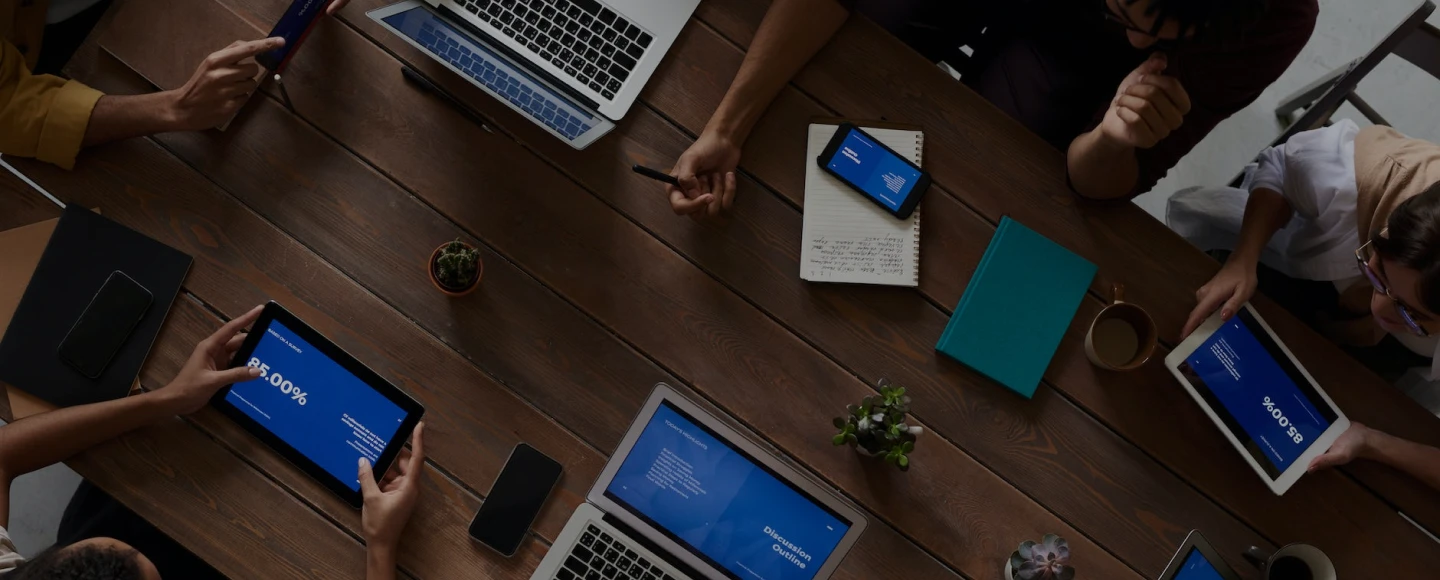Streamlined Procurement by Receiving Invoices Only From GR-ed PO, with three-way-match

The Pandemic that Remains: Manual Procurement Process.
In the pandemic era, most businesses are in survival mode, while tech companies are moving towards becoming super-apps without any specialization. After the pandemic, businesses adapt technology implementation to nudge against future pandemics with that “super-apps” mindset without realizing that the concept fails. Hence, businesses might adopt a sole system without knowing that other integrated capabilities must be implemented for an exponential result of automation. Some modern industries have moved forward with this concept, but the procurement area is still left behind. Businesses are stuck with manual processes while wondering if their problem can be solved with a finger snap.
A notable restaurant chain in Indonesia owns and operates more than 20 branches that serve freshly produced food and beverages to end customers. As they are required to serve fresh food based on customers' demand, their procurement process is divided into two major categories: (1.) Decentralized procurement, where the goods will be ordered by & delivered directly to the restaurant kitchen, and (2.) Centralized procurement, where the goods will be ordered by & delivered to the central warehouse before being distributed to the restaurant kitchen.
Turbulence in Fast-Paced Procurement
Although decentralized procurement is more complex, most orders come from those categories due to the vast number of branch transactions. Decentralized procurement complexity can be reduced by leveraging the ERP system and centralizing the PO-creating and sending process. Still, it means three things: (1.) headcount in the headquarter must be increased, impacting the cost of procurement, (2.) PO is often sent to the wrong suppliers due to the increasing complexity faced by headquarters. (3.) Communication between the head office and the branch must be tightened up; headquarters must pay the invoice only after the goods have been received.
The one that cannot wait is when the invoice is sent for the PO before the goods are received, marked by the GR (Goods Receipt) creation. Local suppliers with intense transactions, such as for vegetables, ice cubes, poultry, and seafood, are sending hardcopy invoices earlier due to the broader geographical distance that affects their payment terms. It will increase the chance that the invoice will be rejected since there is a possible return of goods, resulting in a difference between the invoice & GR. Once the invoice item and amount do not match with the GR and PO, the supplier has to revise the invoice, submit it, and wait for the invoice checking process. The cycle goes back to the beginning. At the peak season, the occurrence might take up to 15% of the transaction.
It's also a loss from the buyer's perspective. The communication within the finance and operation adds complexity, resulting in longer invoice processing time. If there is a mistake in the invoice, the invoice shall be revised, and the invoice checking must be executed from the beginning. The worst impact of this occurrence is that the local suppliers won’t sell any goods to the buyer if unpaid invoices exist. This “small” problem jeopardizes business thought: increased indirect costs, poor customer retention, and limited revenue growth. The larger the scale of a business, the more significant the impact of this problem is, and the smaller the company, the more agile to adapt to the best practice of procure-to-pay as a remedy to this issue.
Advancing Digitalization as a Remedy
Surely, ERP and other internal tools can help centralize information, easing communication within an organization. However, adding an external variable, such as communication with suppliers, causes all of the ideal business processes to blur.
All headaches can be cured by implementing digital document exchange from Paper. The communication between suppliers and the buyer can be digitalized, centralized, and integrated into the ERP. Here is how Paper helps the buyer: (1.) PO creation can be done in ERP by the finance team in headquarters and does not require printing and sending manually, resulting in increased productivity per person. Additional human resources in headquarters are not needed. (2.) PO will be sent automatically based on the suppliers' email and phone number registered in ERP or Paper database, eliminating PO to be sent to the wrong recipient. (3.)PO sending from headquarters and PO confirmation from the supplier can be visible to the finance and operation teams, minimizing the effort for the operation to do order confirmation. Furthermore, the Supplier can only send an invoice based on a GR-ed PO if all required documents are attached. The rule can be customized depending on the supplier type and the transaction.
Reduced Invoice Processing Time, Maintained Supplier Relationship
By restricting the invoice submission rule, the finance team has confidence that the invoiced item has been received and the required supporting documents are complete. Paper three-way-matching enables the invoice amount to be matched against PO, drastically reducing invoice processing time and human error by up to 80%. Automated checking ensures payment is made at the right amount.
It's also a win for both suppliers and the operational team in the branch or store. Suppliers' risk of revising the invoice is reduced by submitting the invoice based on the GR-ed PO with the mandatory data. Moreover, invoice sending in real-time cuts up to 5-day payment term. Hence, they will be paid faster. The operation team can know which PO has been received, invoiced, and paid. Therefore, they know where the current bottleneck is to send another PO.
Management can now run the business at peace. All POs sent are matched with the contract due to the order centralization at headquarters. The supplier portal also helps to implement customized rules in digital invoices. Digitalization is also leveraged to reduce headcount in finance and procurement, resulting in an efficient and productive workforce with fewer errors and disputes. All information is centralized and integrated into the supplier portal and ERP, resulting in data correctness that can be analyzed in real-time anywhere and everywhere, without waiting to be imputed by their staff.
We believe that each business is unique, along with its complexity. That’s why we built our modular product, complemented by experienced business consultants who are ready to tailor our solution based on your primary needs. Learn more about how Paper can streamline your procure-to-pay and order-to-cash process and book our time now.


